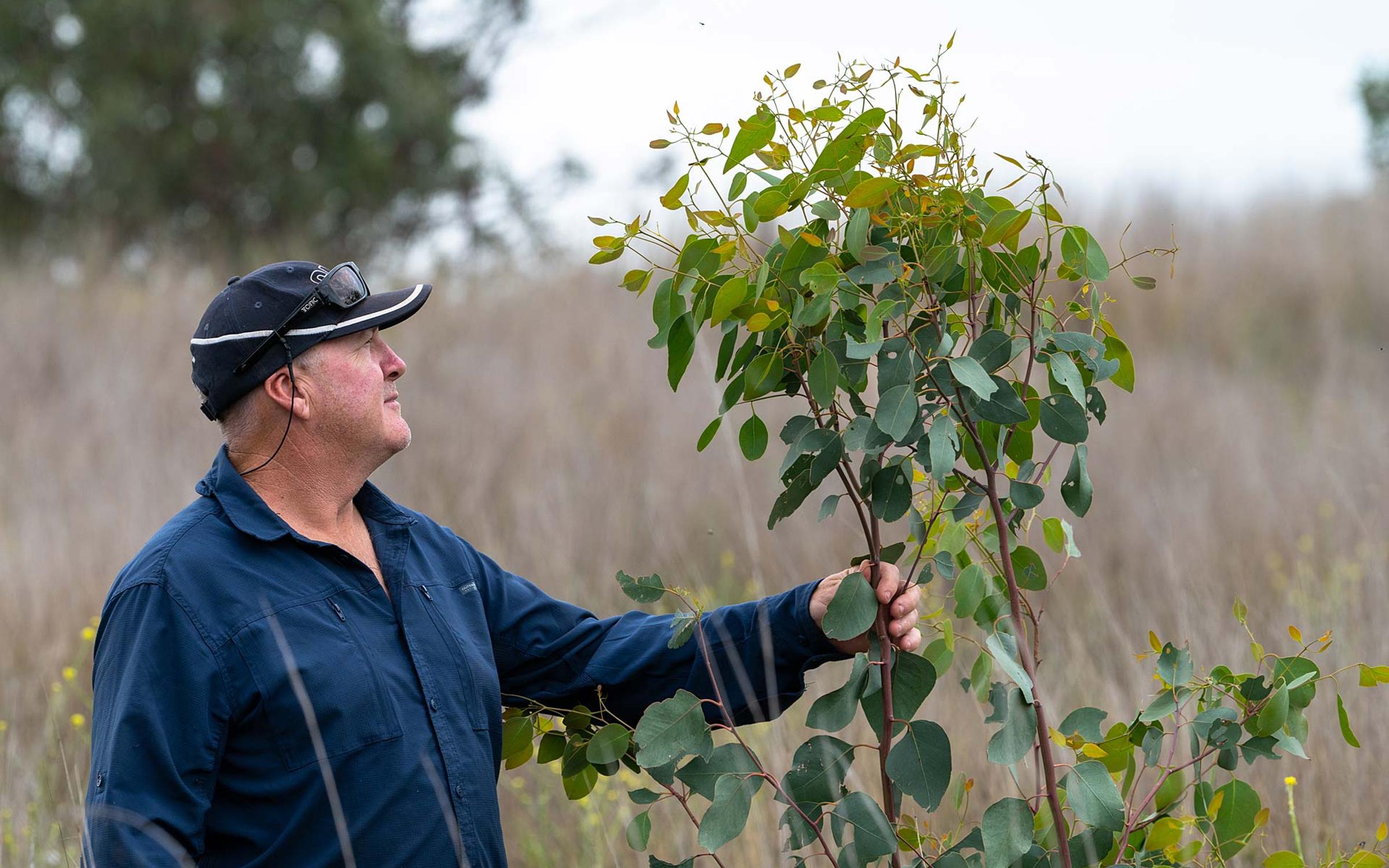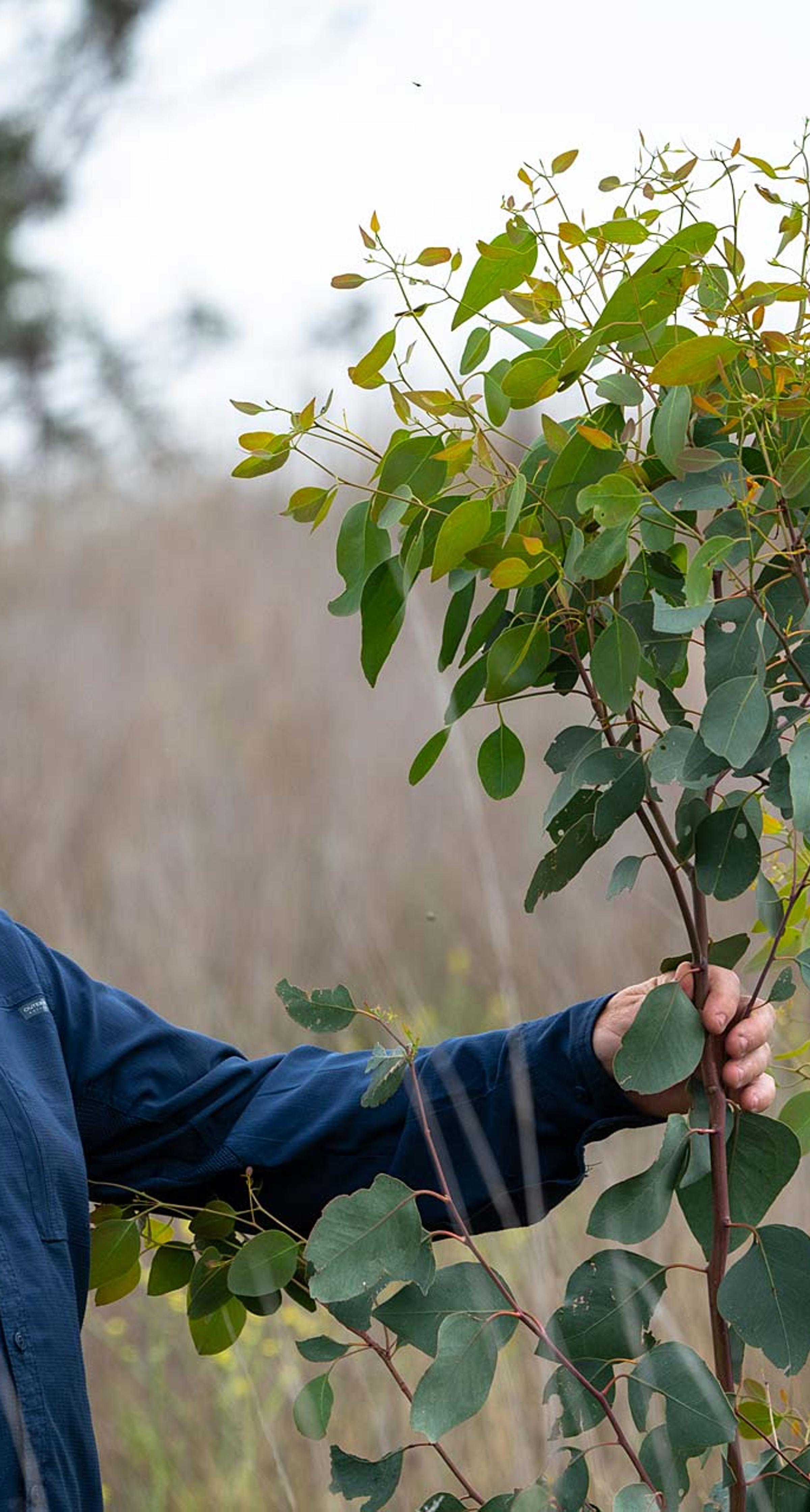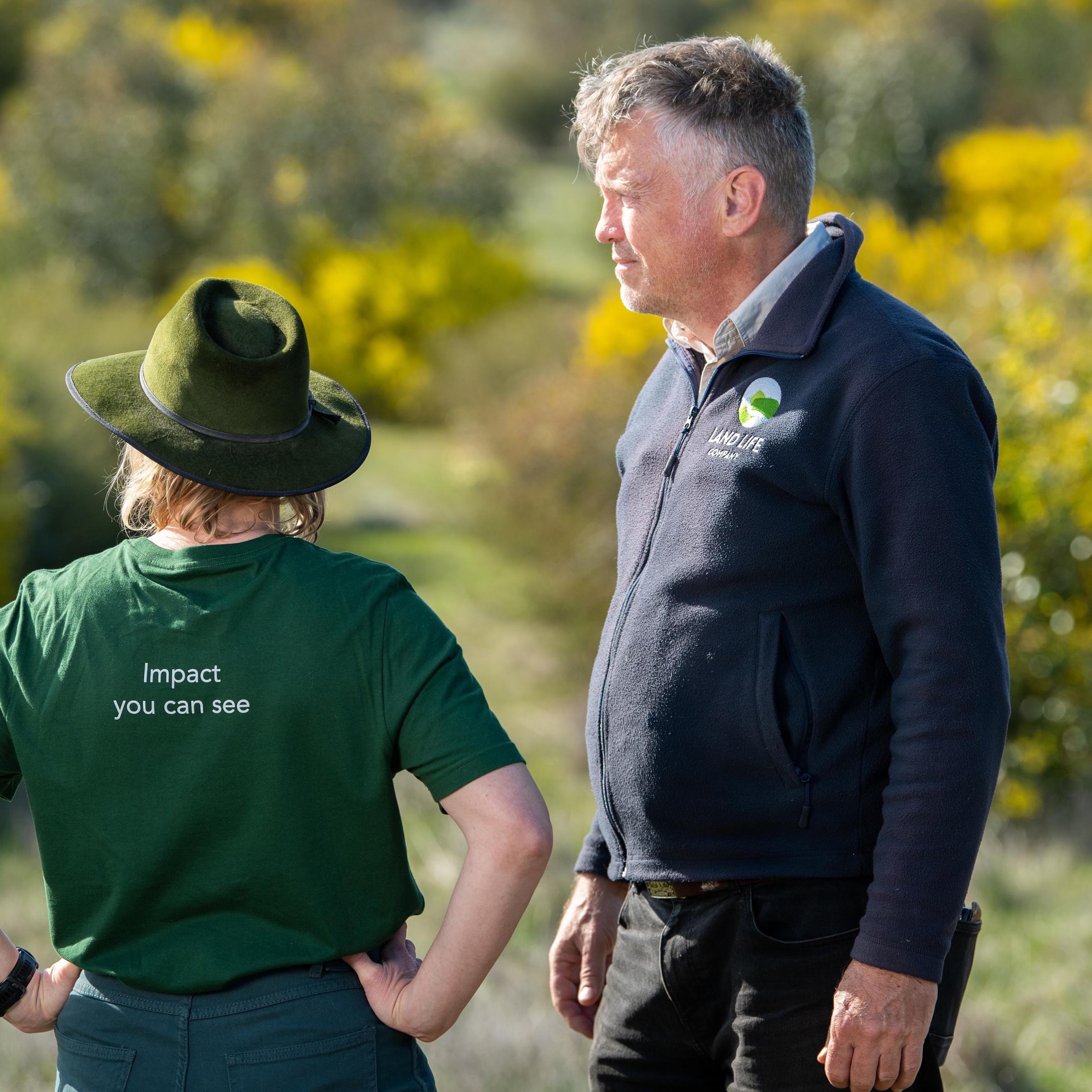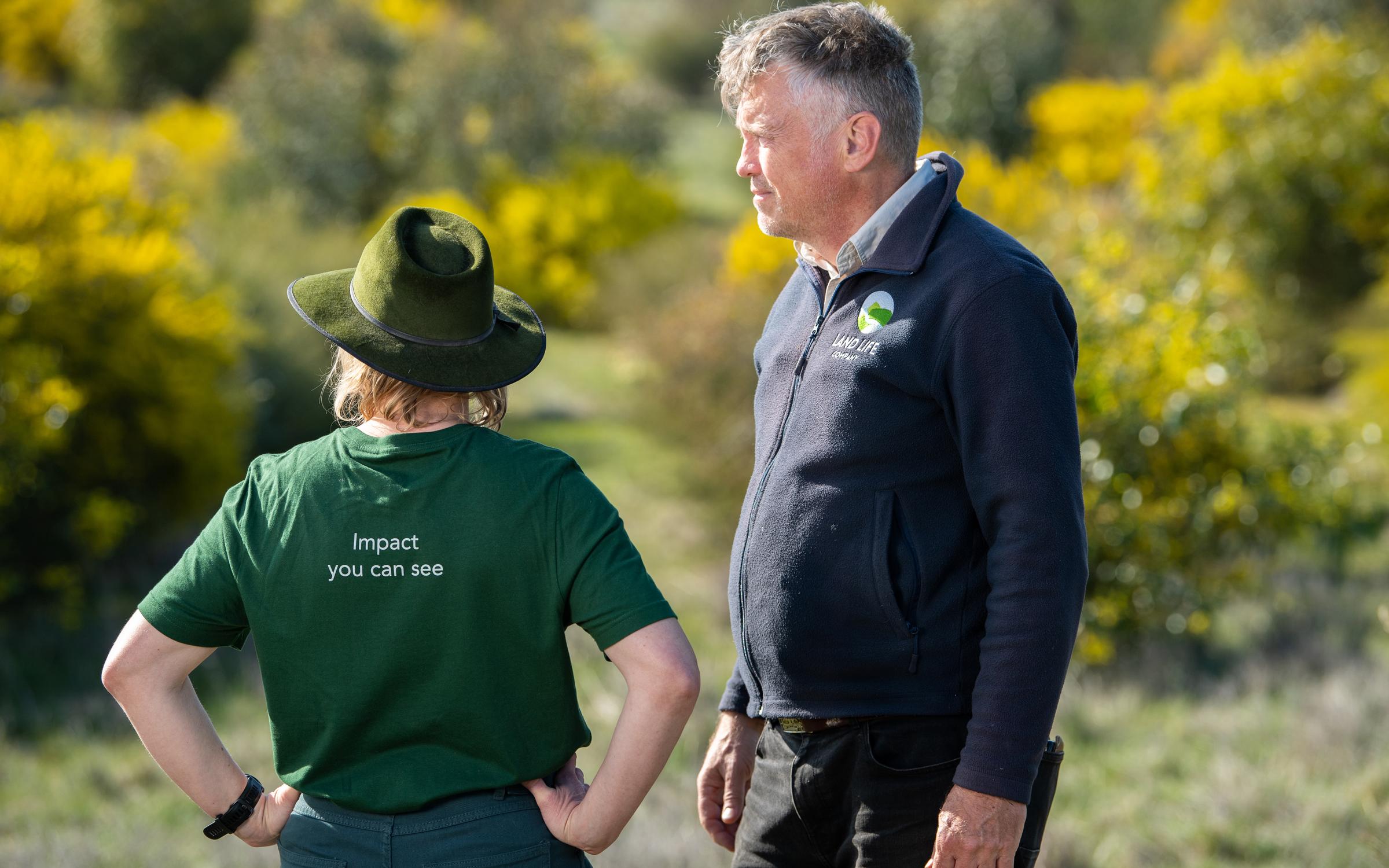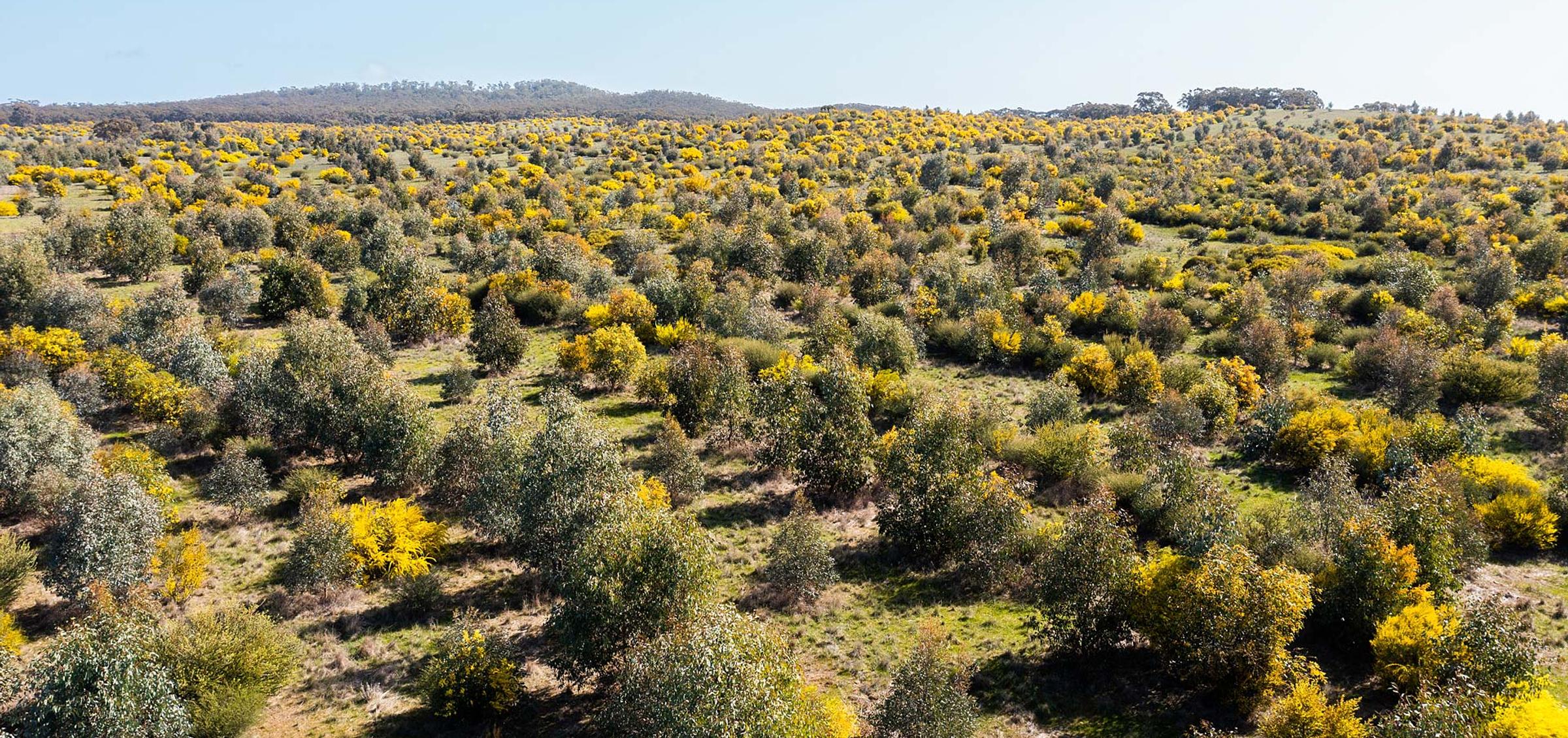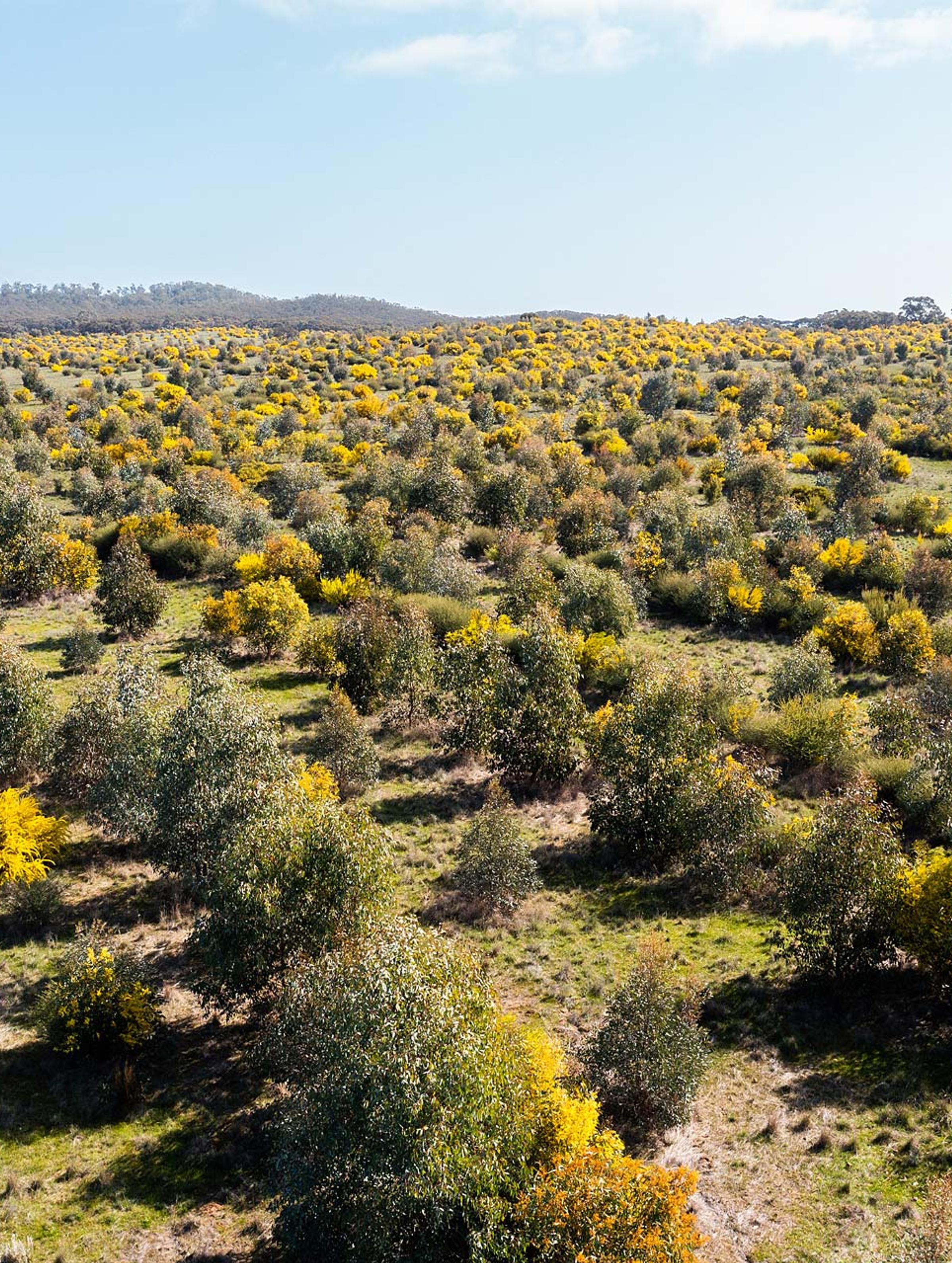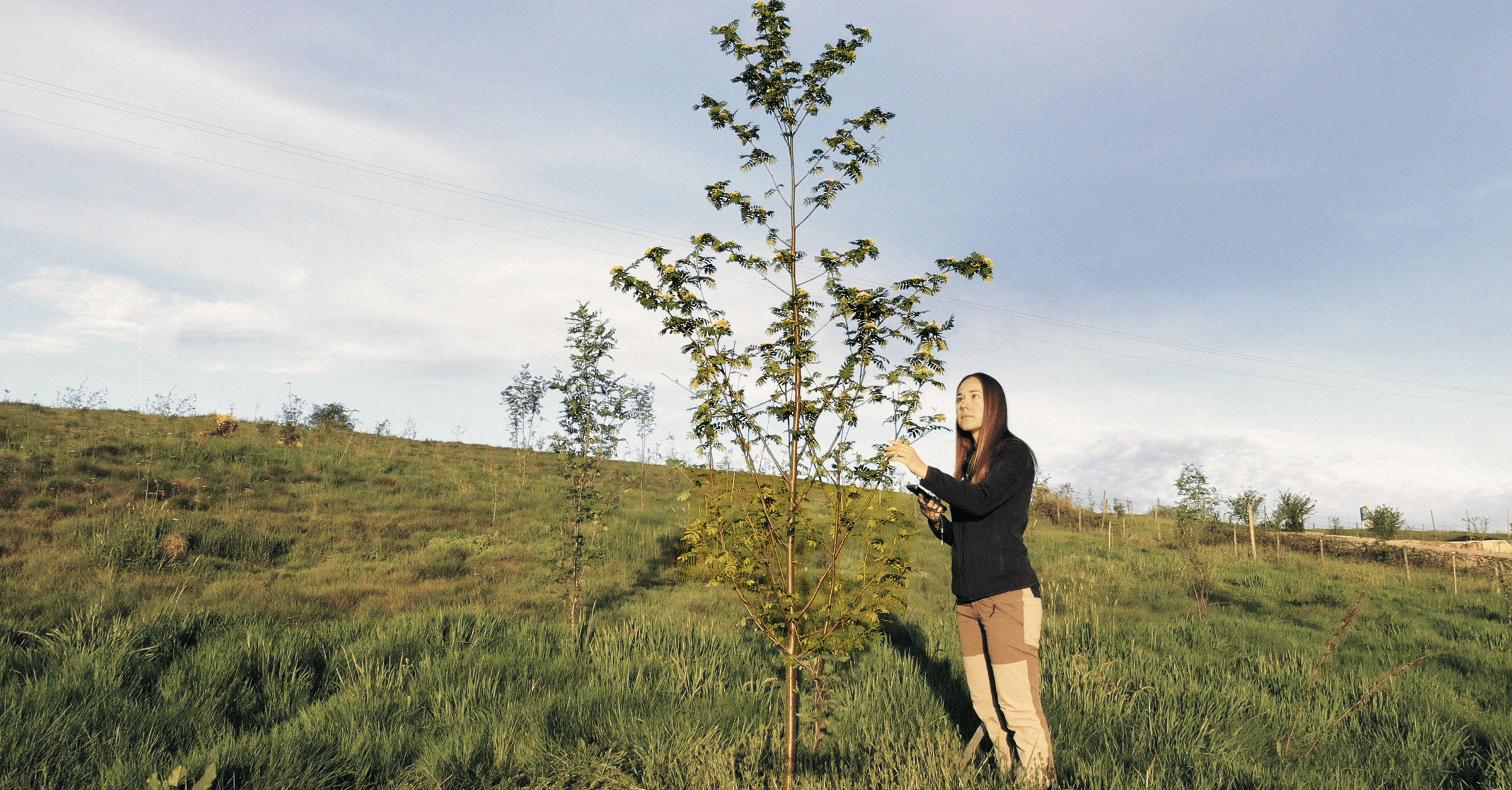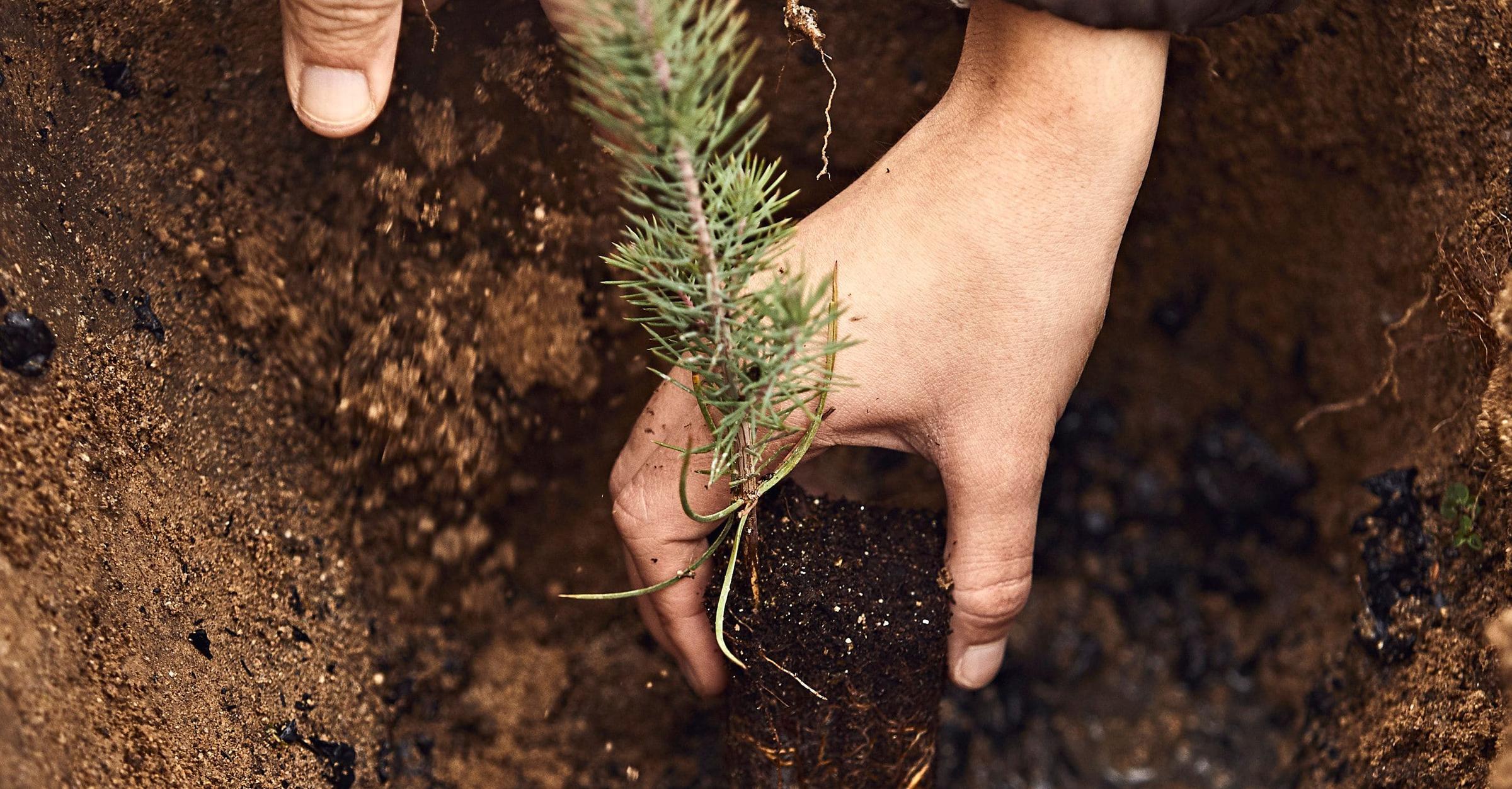Moolagundi Australia Restoration Project
About our Moolagundi restoration project in NSW, Australia
Nestled on the Western edge of the highly fertile Liverpool Plains in Northern New South Wales, our Moolagundi project is an ambitious restoration effort to create important links between the remaining native forests of the area.
Acknowledgement of Country
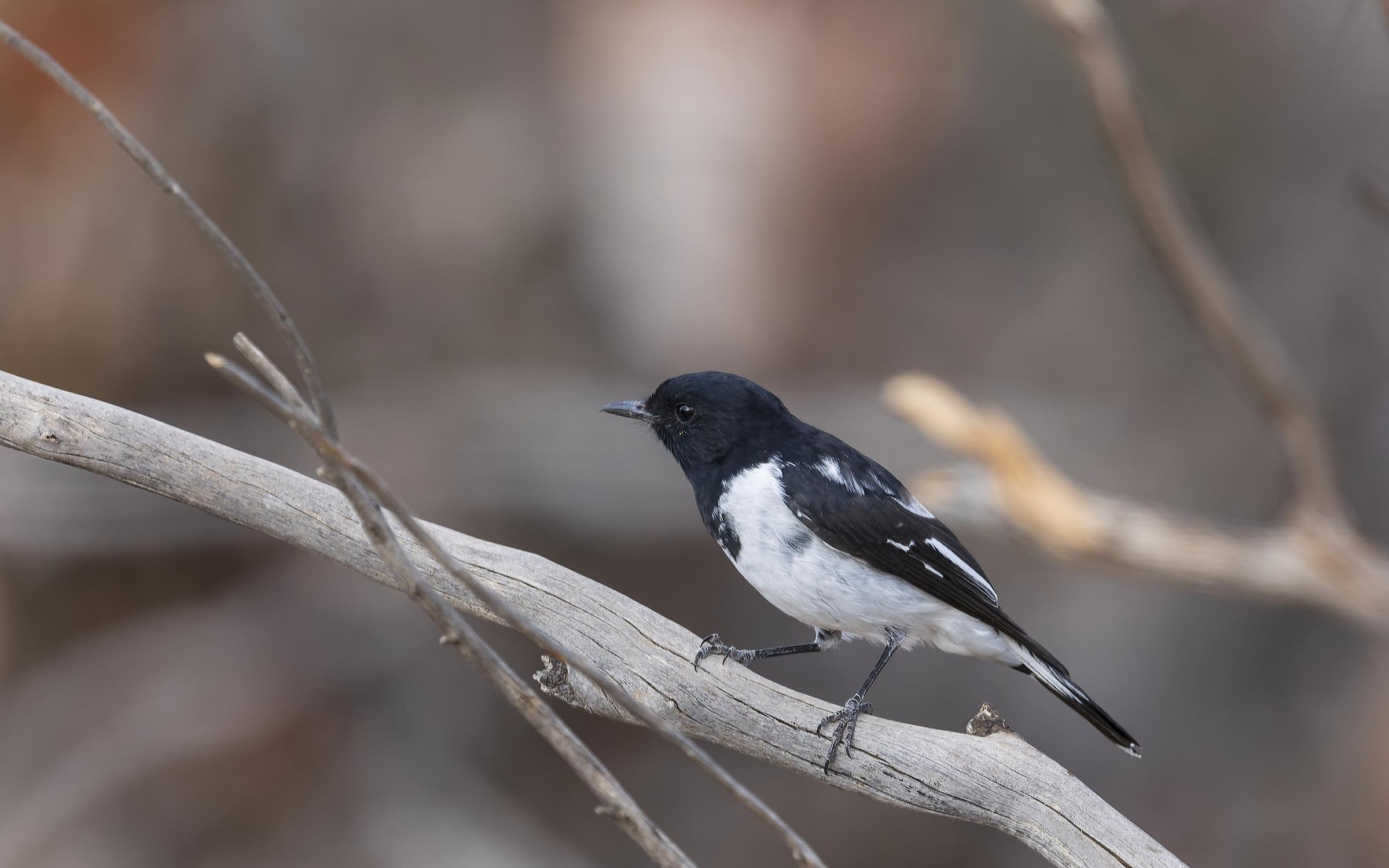
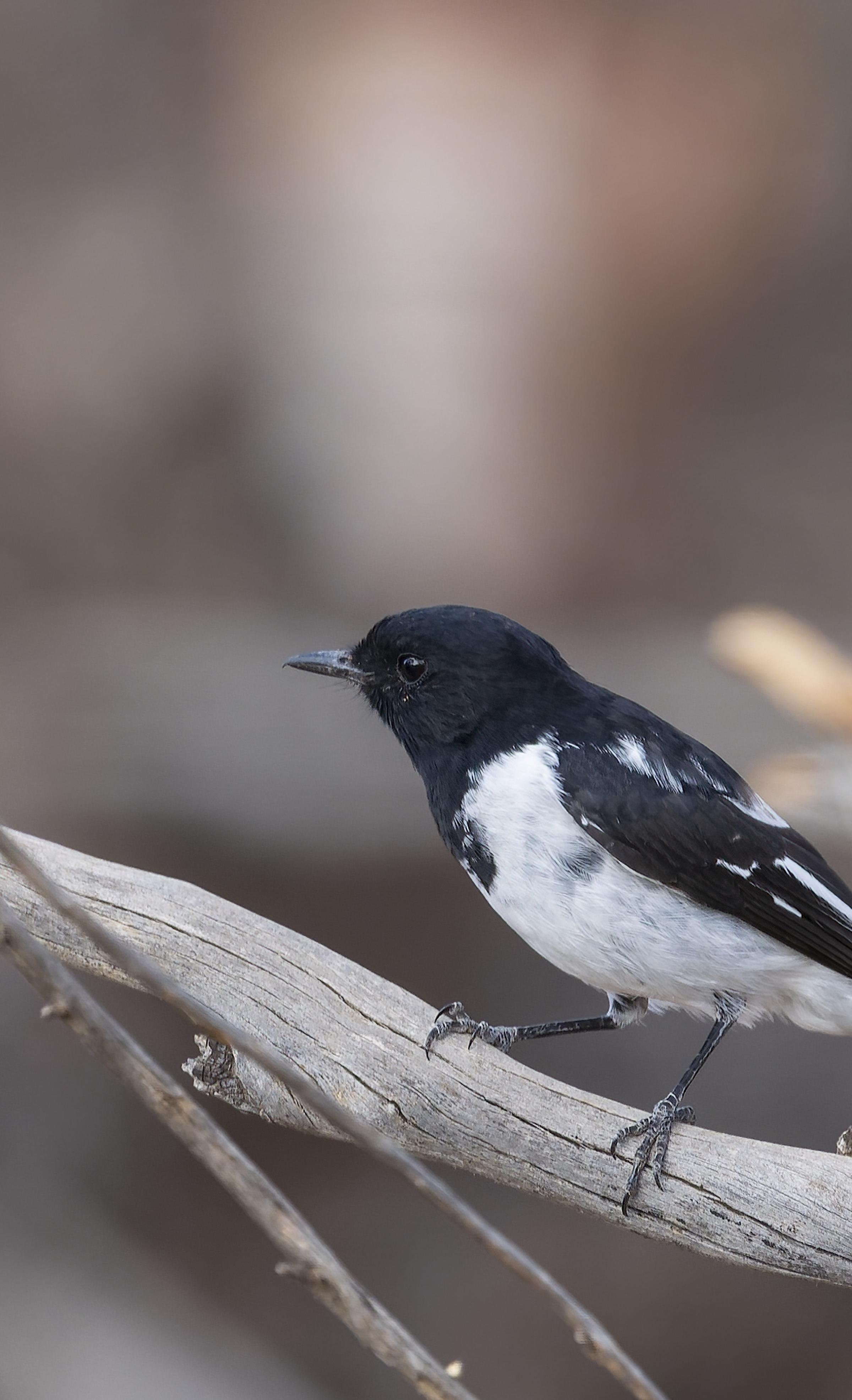
Site objective
Carbon Sequestration: 126,000 tCO2 / 40 years
Methodology: Registration and validation of this ARR project is under VERRA's Verified Carbon Standard (VCS program)
Situated in the middle of the traditional lands of the Kamilaroi First Peoples, this 650-hectare revegetation operation aims to recreate the grassy woodlands that once dominated these landscapes, but were removed during the last two centuries by timber cutting and stock grazing.
This environmental decline has impacted local birdlife, with a high number of woodland birds that once thrived in the Moolagundi district now listed as vulnerable or endangered.
Just before the start of the native tree seeding and the planting of 55,000 saplings started, the last of the cattle were removed from Moolagundi and it didn't take long to see birds like the Hooded Robin return to feed on the insects in the now much taller grass.
Regular sightings of Long-neck Turtles and Echidnas prove that Moolagundi still has a lot of natural values intact. The aim of this restoration project is to build on those values and make this place a more varied and robust piece of nature that can deal with the more frequent climate shocks we are seeing here.
As our restoration project matures, we anticipate an increase in canopy cover, which will provide shade, lower ground temperatures, and create favorable conditions for various species. Soil health will also improve, with more active soil life enhancing nutrient cycling and supporting healthier plant growth.
The project also aims to provide additional, biodiverse, and lasting carbon storage in the newly planted woodland trees and shrubs, as well as in the soil.
Find out more about Land Life's carbon removal reforestation solution.
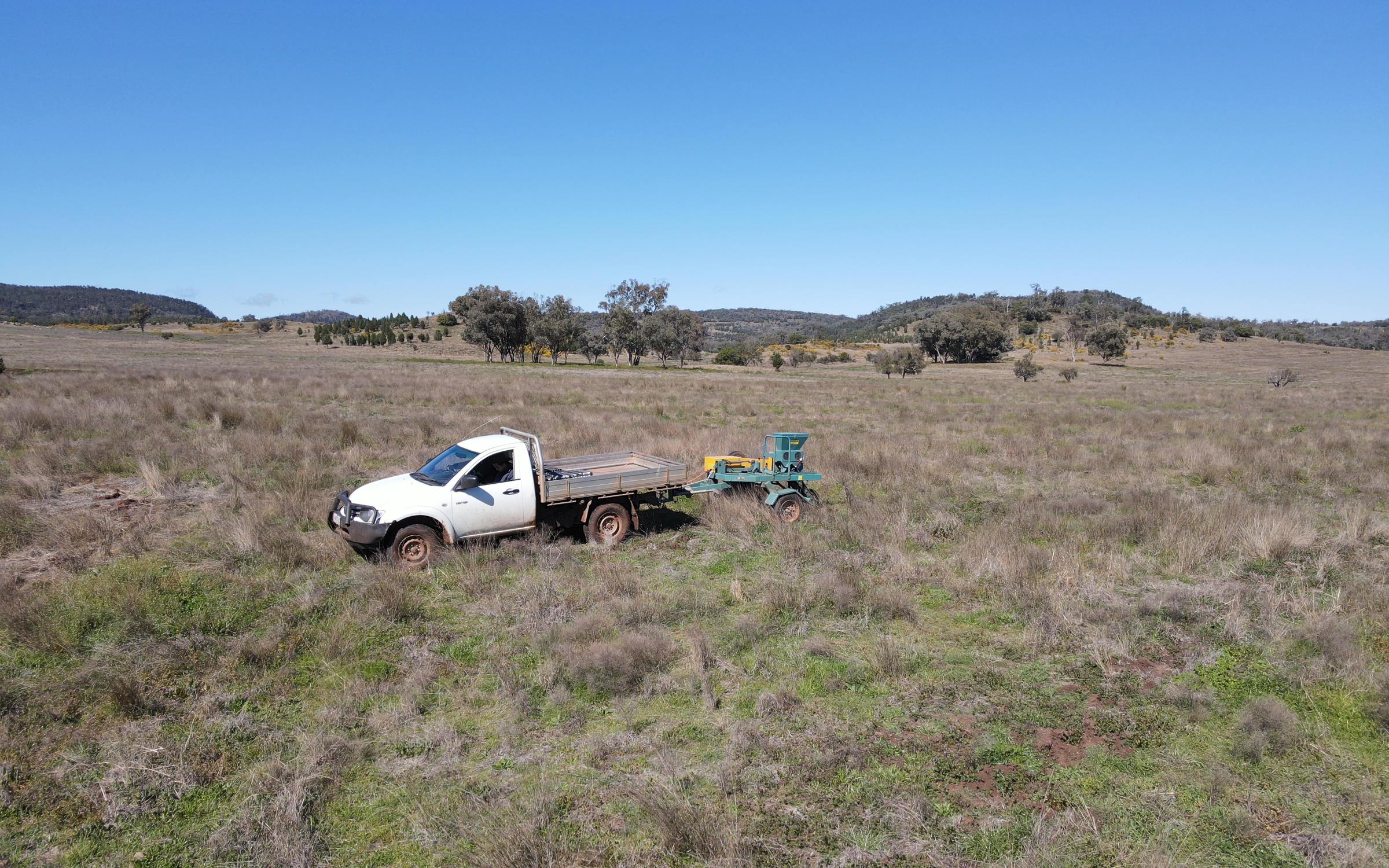
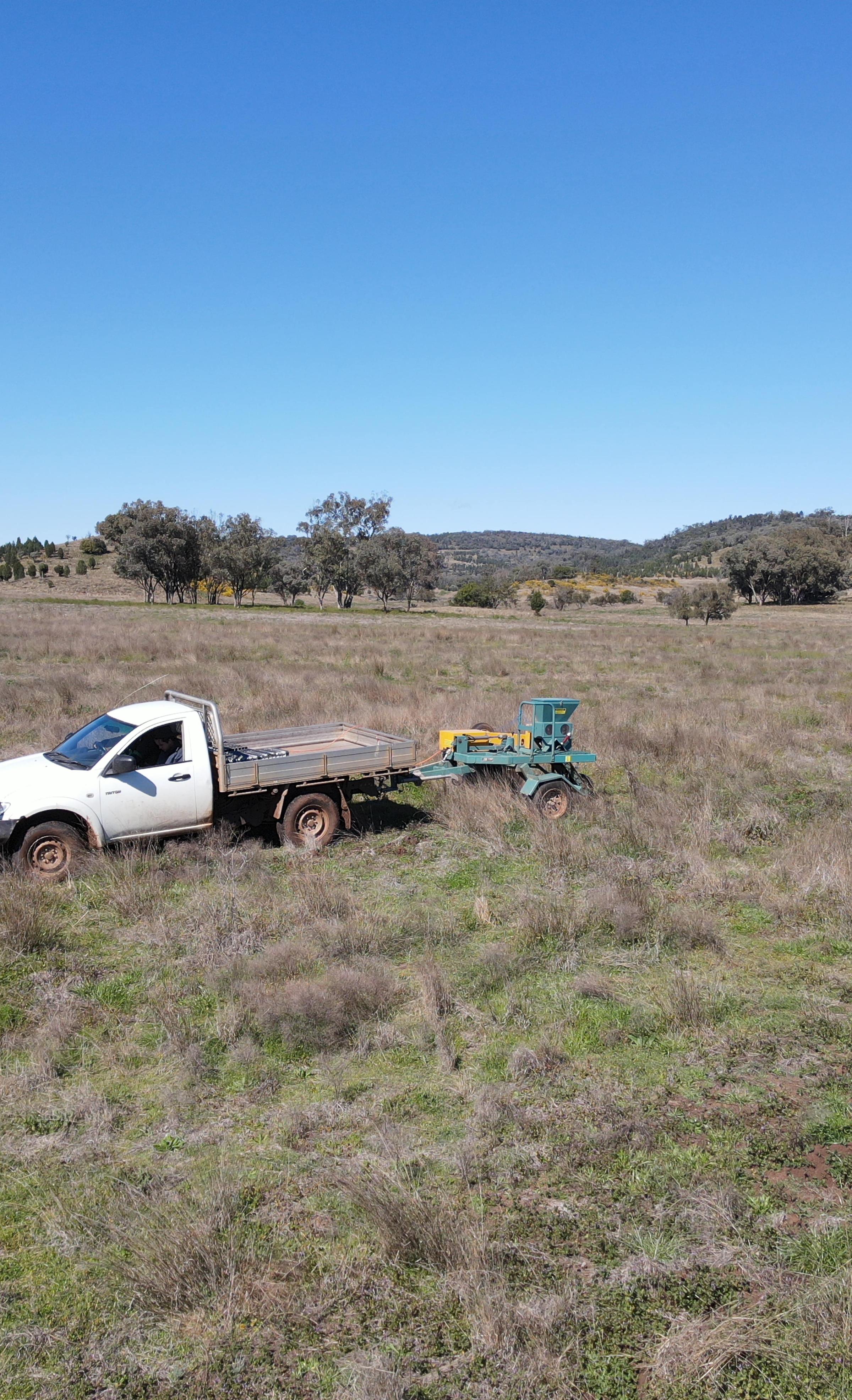
About the restoration
This restoration project features 26 native species planted via a method of direct seeding and hand planting. A total of 305kg of native seed and 50,500 plants were used to restore the property in 2021.
We're starting to see good growth rates as a result of excellent site management, including feral pest control.
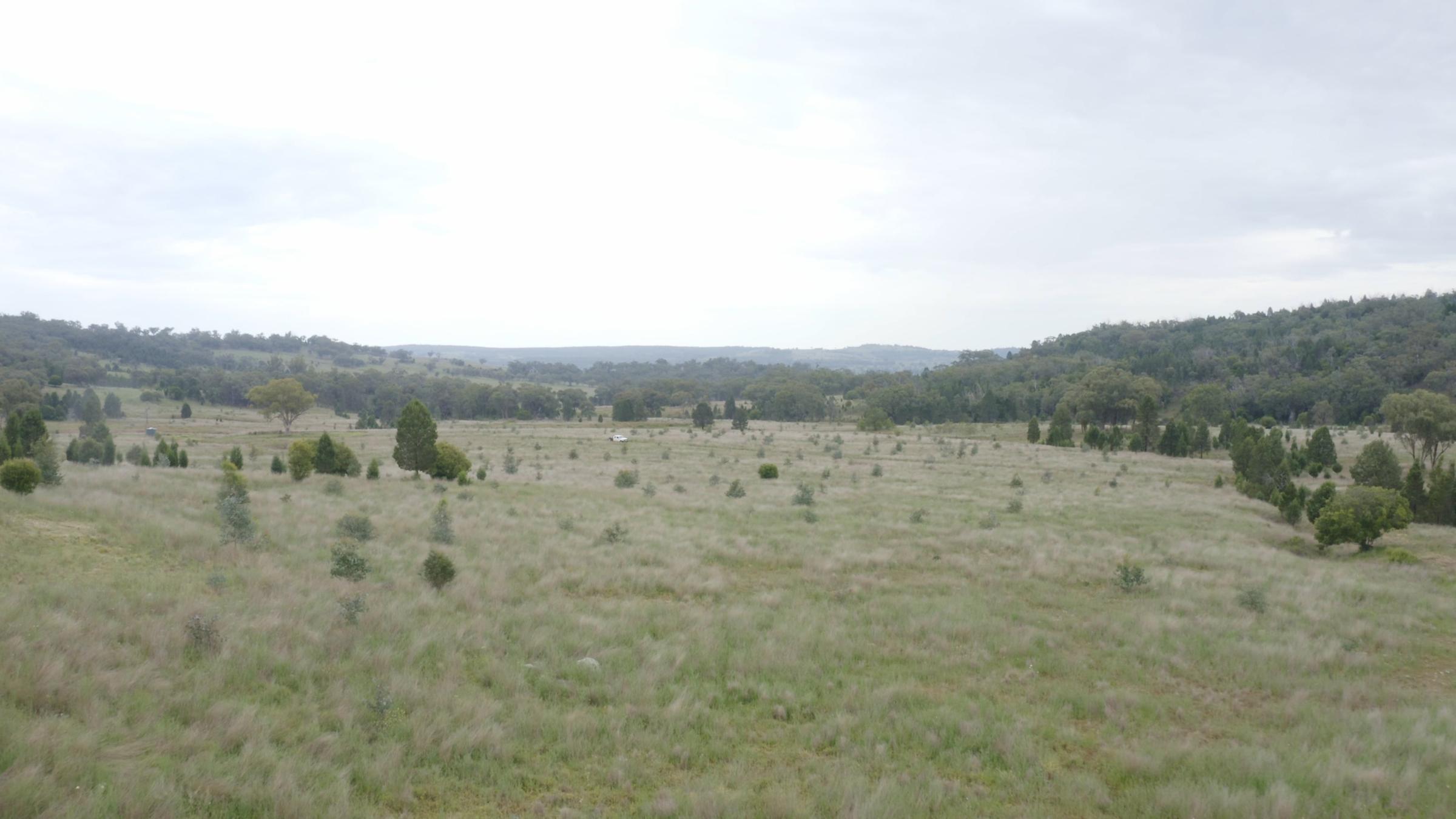
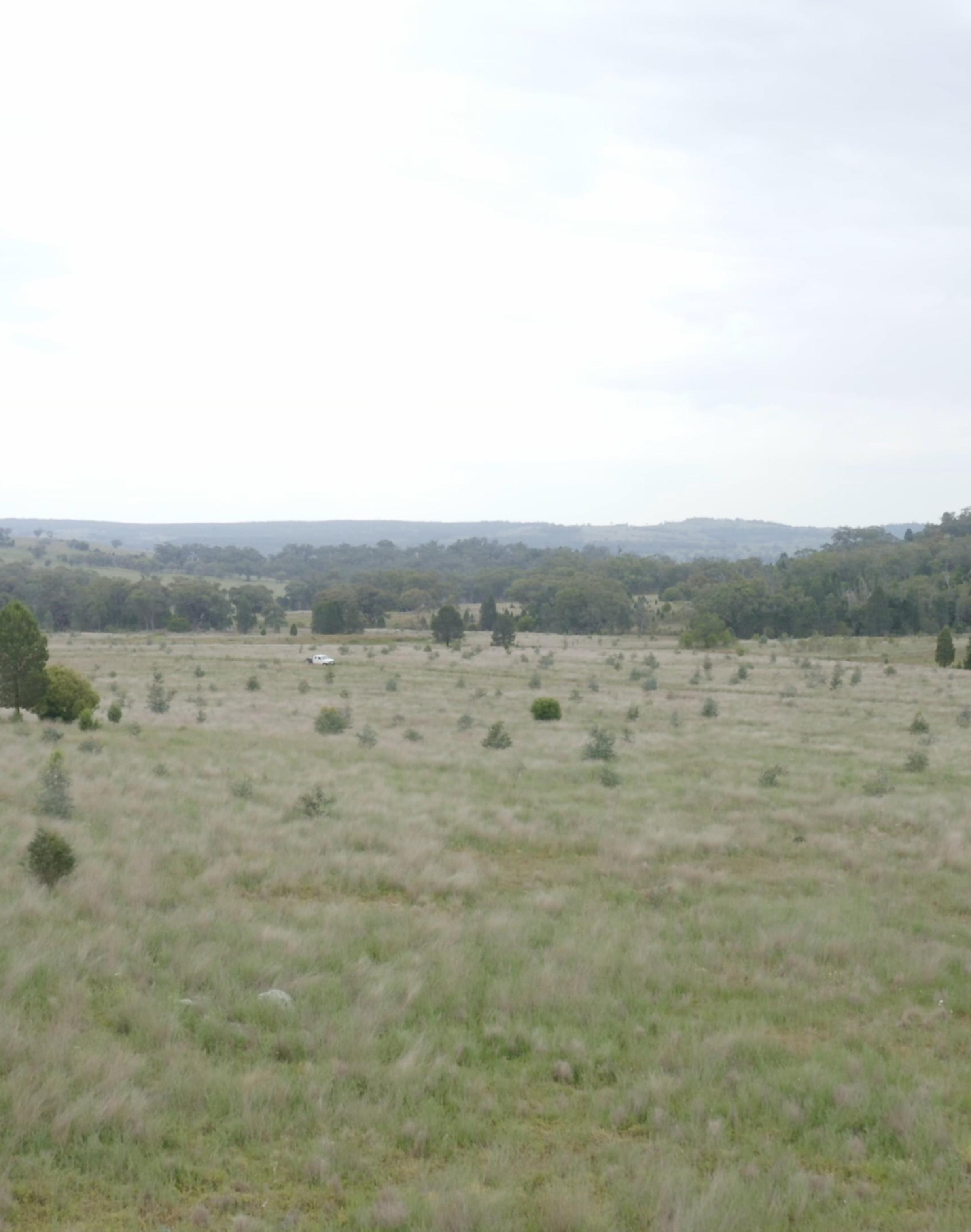
Moolagundi Flyover November 2024
Video
Biodiversity gains
Two species that have not returned as yet to Moolagundi are the Koala and the Spotted-tail Quoll. Both mammals were on Moolagundi a long time ago and have been seen in the neighbourhood recently, but the restoration efforts have so far not been going on long enough to see these two return.
The Spotted-tail Quoll is Australia's largest mainland carnivorous marsupial and needs a large range of intact habitat to settle and breed, but has been seen around the district on a handful of occasions in the last 20 years. Land Life hopes to encounter this special animal as soon as the plantings reach the right age to provide the habitat needs required.

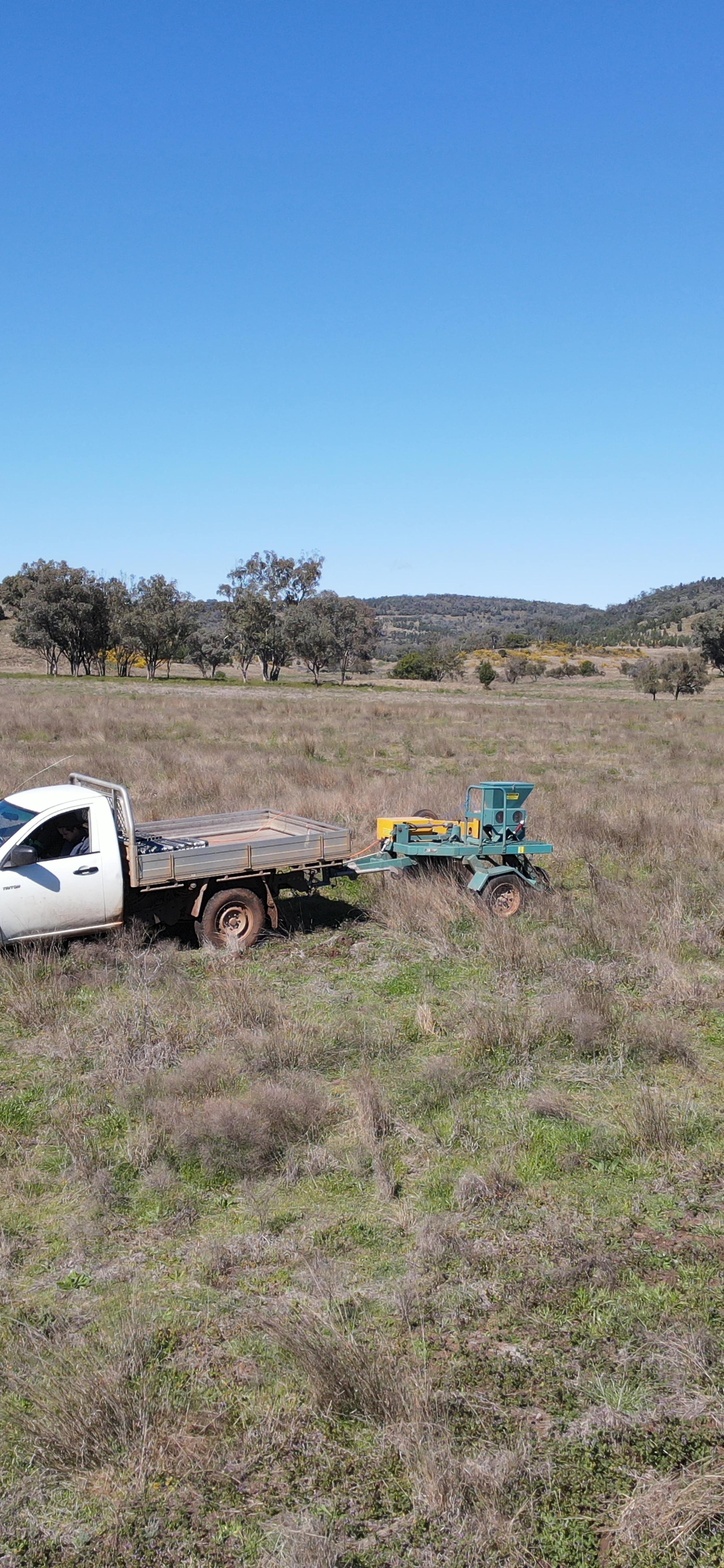
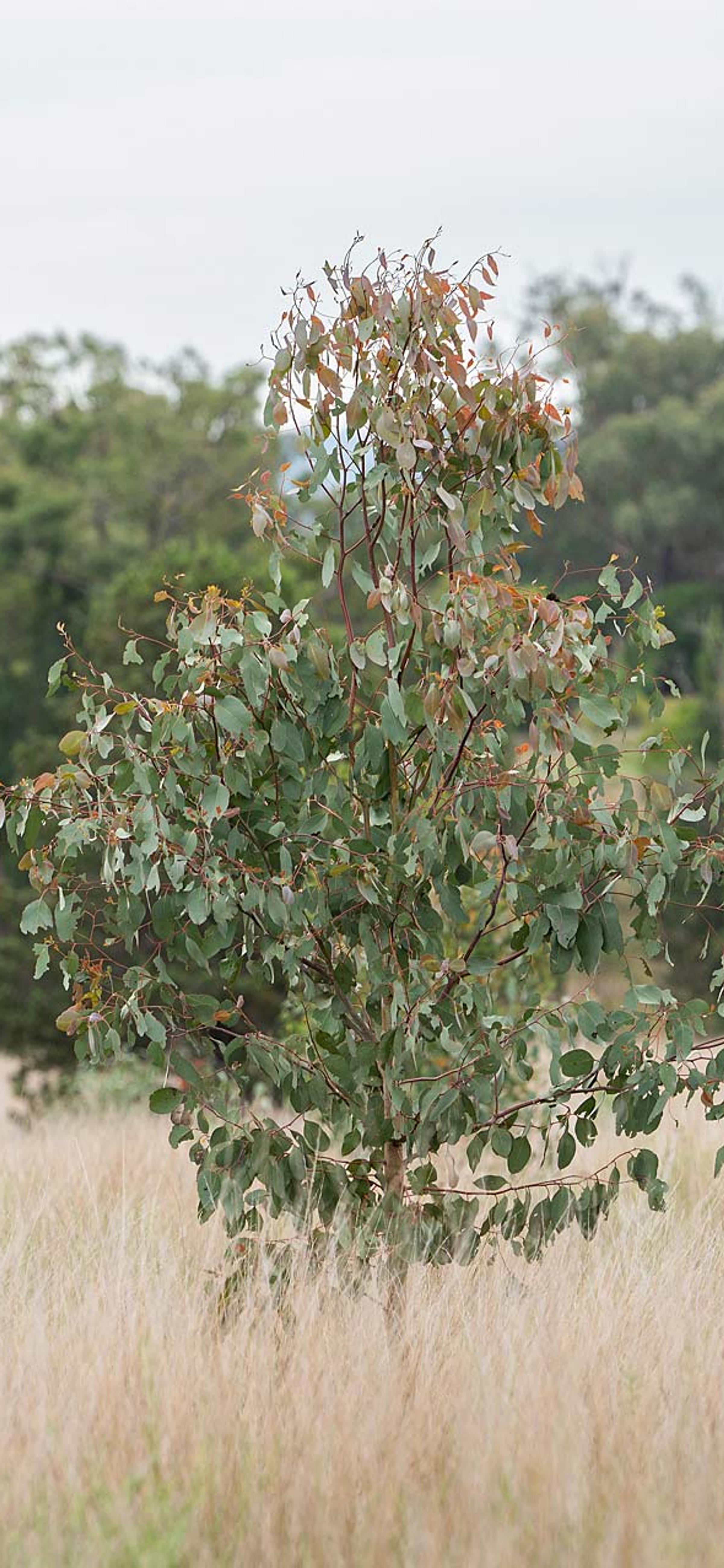
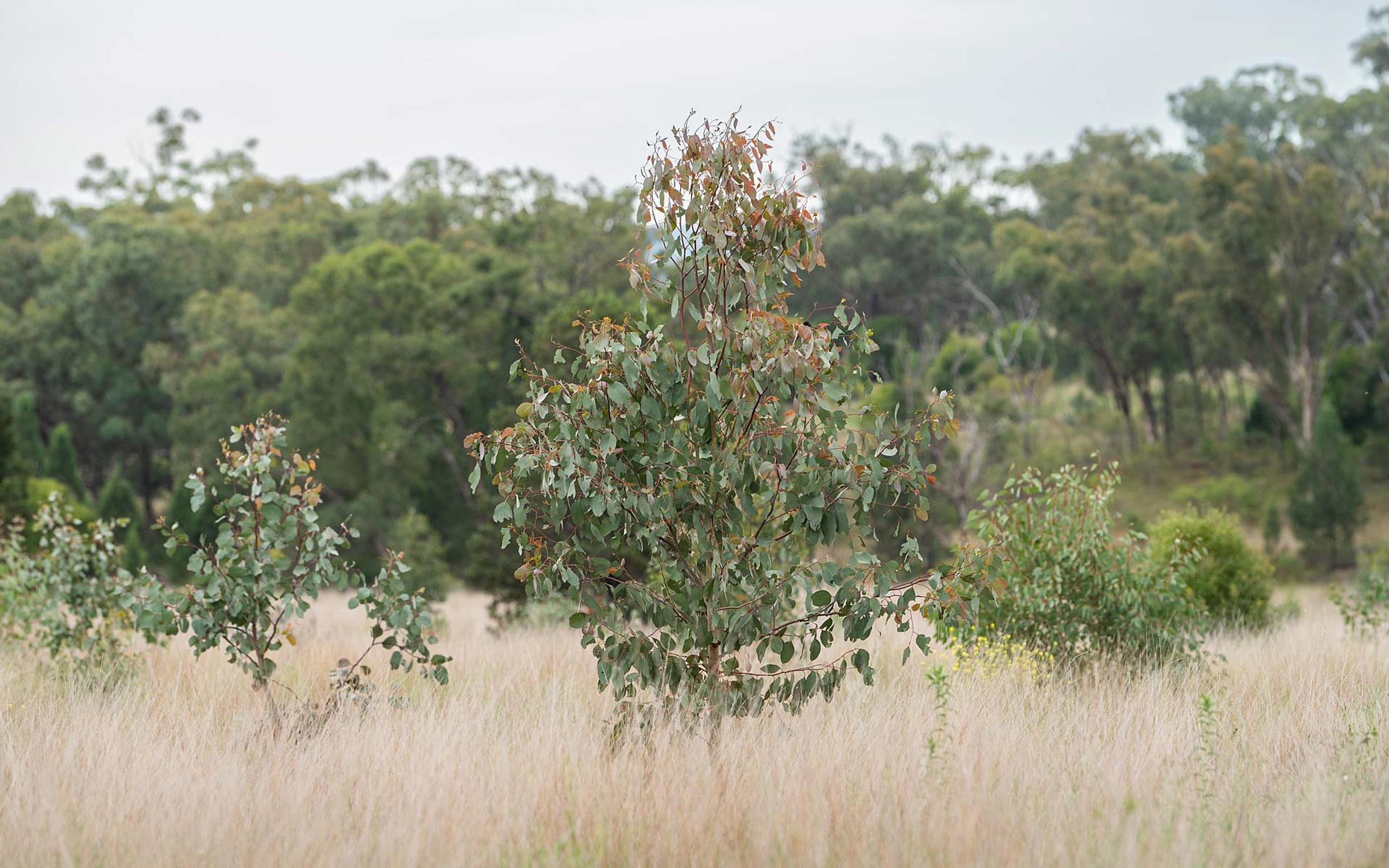
The future is nature
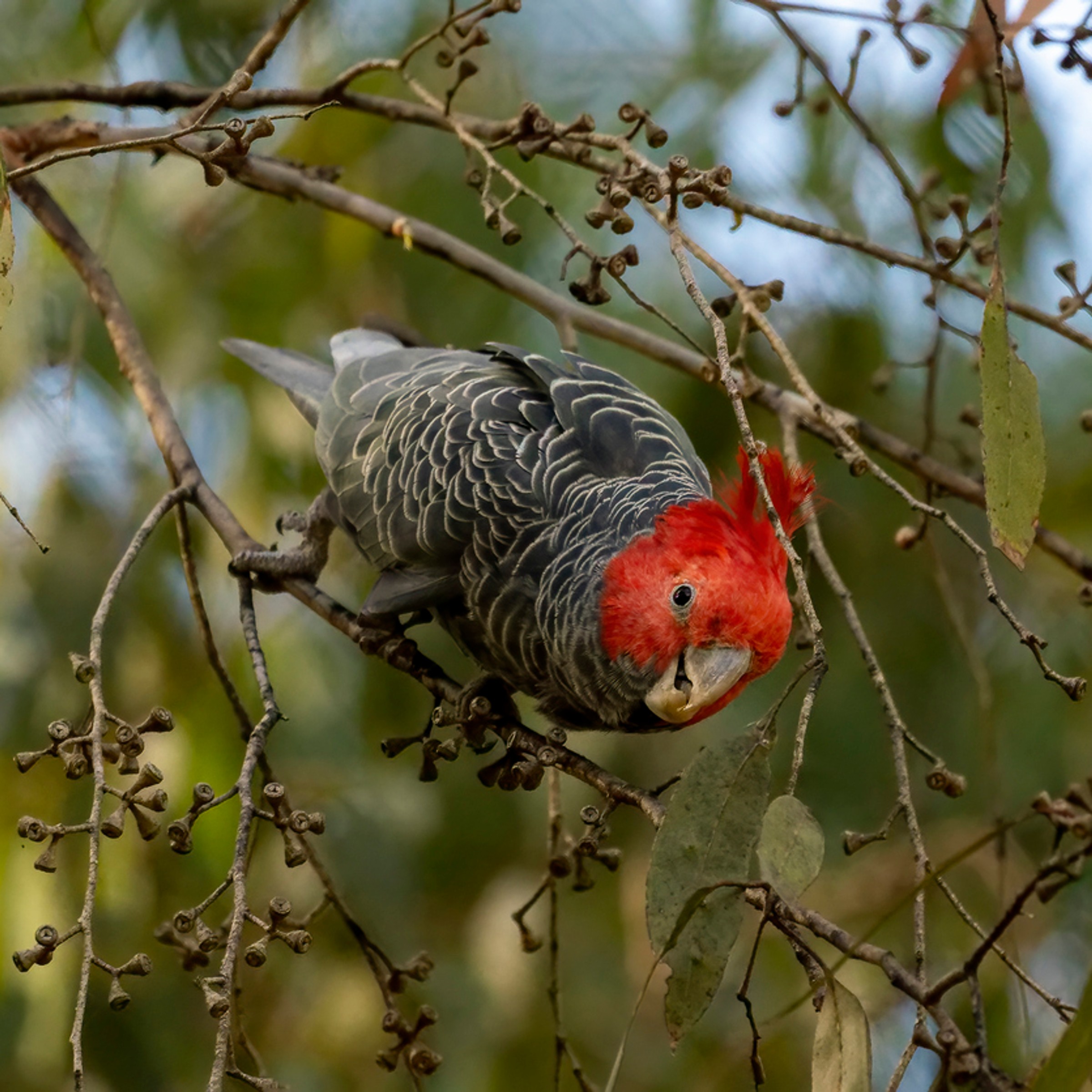
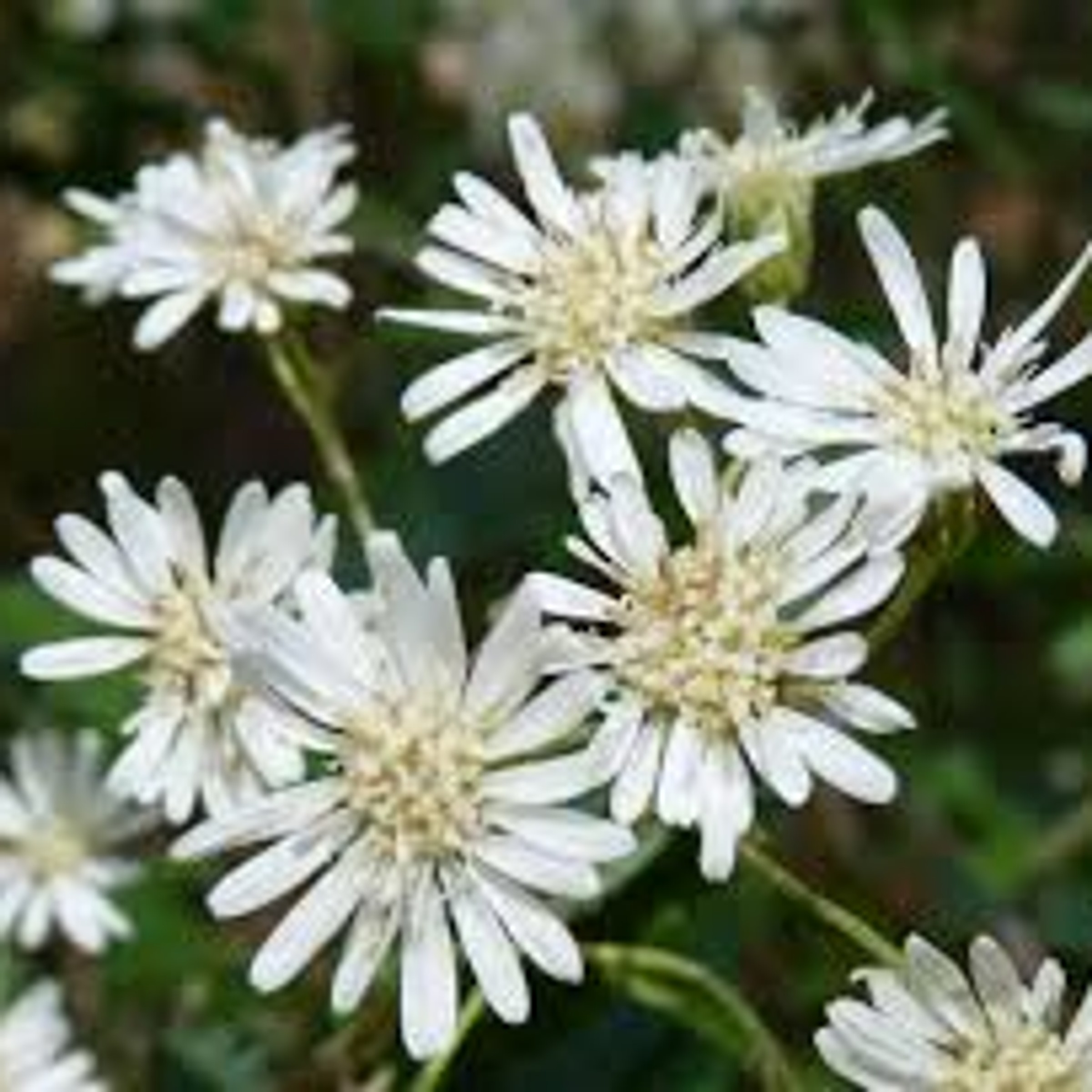
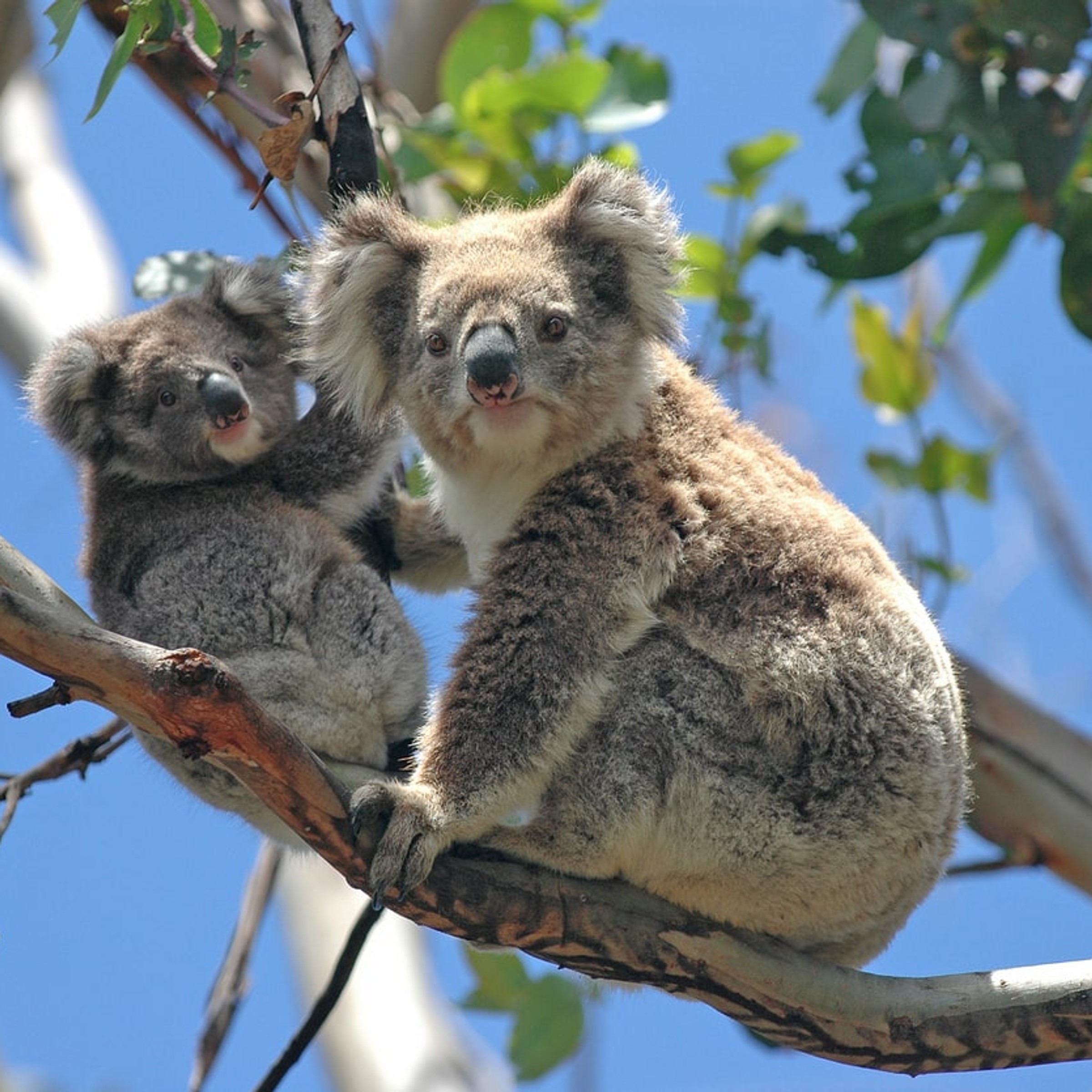
Talk to our experts
TECHNOLOGY-DRIVEN RESTORATION AT SCALE
